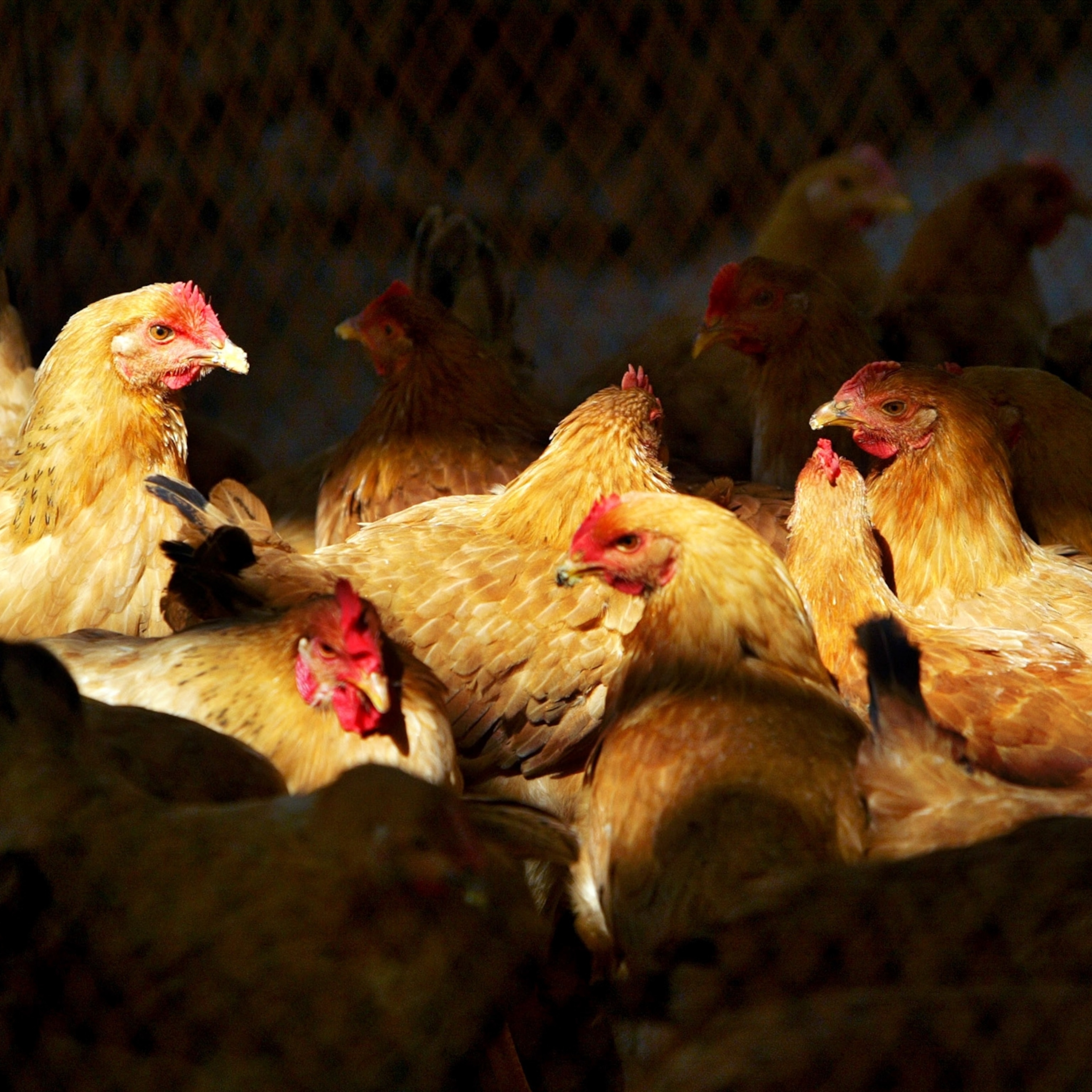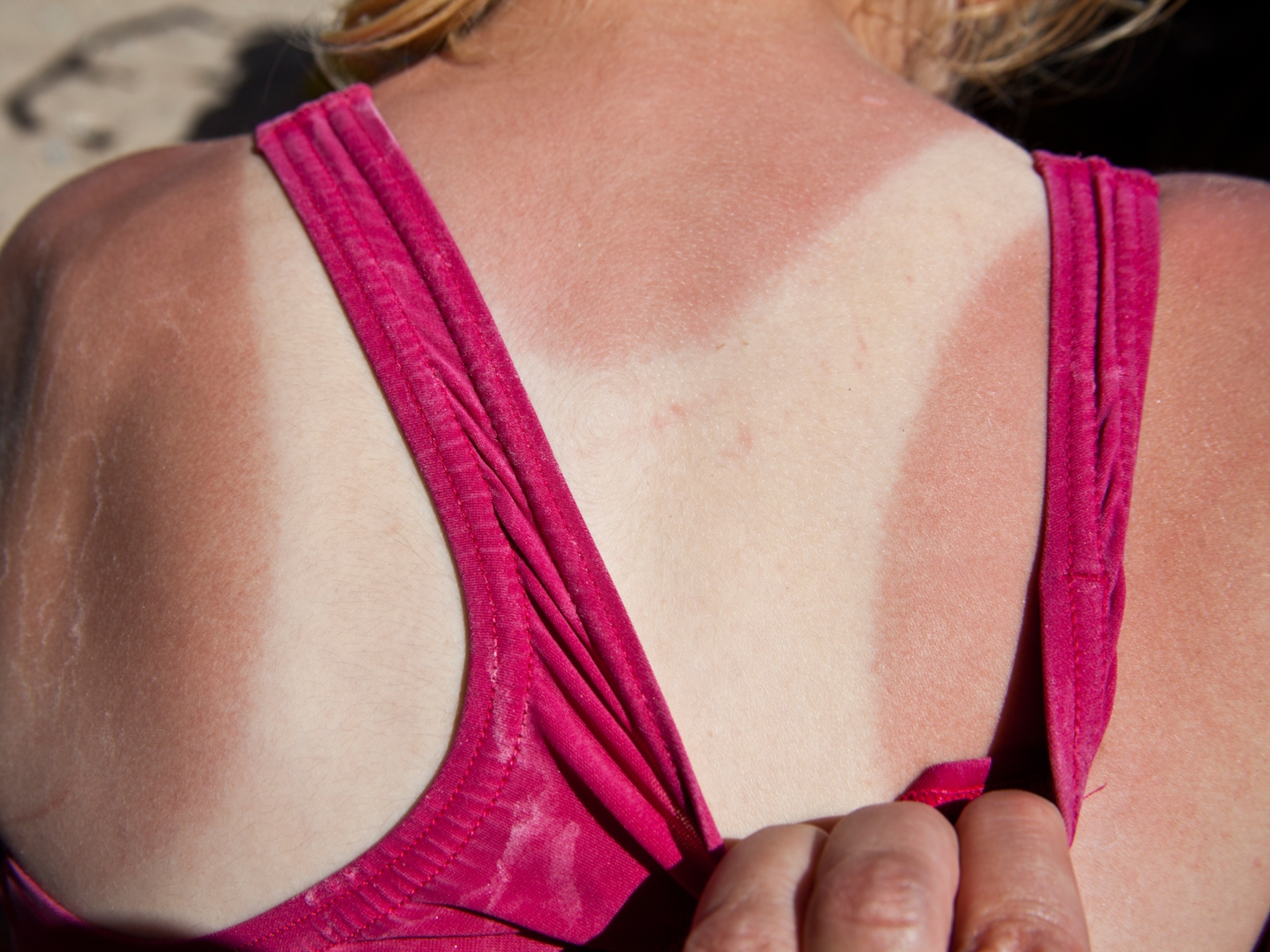Beef tallow as skin care? Experts explain what’s truth—and myth
It may seem like something you eat would be fine to put on your skin—but experts say there are better, clinically proven options.

It’s not just for searing up steaks or deep frying french fries anymore. Beef tallow, the humble cow fat byproduct, has been making its way into beauty routines.
Citing vitamins and other biochemical benefits, some influencers and wellness gurus are touting beef tallow as the latest hack for soft, dewy skin. With a growing interest in “clean” and “natural” skincare alternatives, it’s perhaps no surprise that animal products—like beef tallow and snail mucin—are having a moment in cosmetics.
But does processed cow fat really belong on our cheeks? Experts discuss the potential benefits and harms of this new trend—from farm to face.
What is beef tallow, and why is it being used for skincare?
Beef tallow comes from melting and clarifying fatty tissue from cows. Solid at room temperature, beef tallow has long been a favorite fat for roasted and deep fried food (including McDonald’s original fries), natural soap, and, more recently, biofuel.
In the past year, TikTok has brought rendered animal fat solidly into the wellness zeitgeist. From scented whipped body butter to organic balm from grass-fed cattle, beef tallow is taking skincare by storm, promising everything from “deep hydration” to “healing of skin conditions.” Pre-made products—which can cost more than $30 for a couple of ounces—have flooded the market, while some consumers are even buying suet from the butcher and rendering their own tallow at home.
Geeta Yadav, board-certified dermatologist and founder of FACET Dermatology, attributes this trend to “the convergence of clean beauty with trends we’re seeing on TikTok, like the carnivore diet, as well as a societal shift to skepticism about product and ingredient safety.”
From a sustainability perspective, this might not be a bad thing. As a byproduct of the meat industry, beef tallow consumption “fits into the effort to make use of the whole animal and not let any go to waste,” says Ermias Kebreab, a professor of animal science at UC Davis. But, he adds, if demand for beef tallow goes up too much, that could drive up prices and encourage more livestock production, which “defeats the purpose of sustainability.”
Koji Fujioka, a butcher manager at The Local Butcher Shop in Berkeley, says that in general “there’s an abundance of unutilized beef fat” in the meat industry. Though he hasn’t seen a huge uptick in demand for beef tallow specifically, he’s noticed a desire for products like his—less processed and coming from a known, trusted source.
What, if anything, can beef tallow do for your skin?
Beef tallow proponents tout it as a natural source of nourishing vitamins and fatty acids, attesting a wide range of benefits, both cosmetic and medicinal.
As Adam Friedman, professor and chair of dermatology at GW School of Medicine and Health Sciences explains, beef tallow does indeed contain saturated and unsaturated fats—like palmitic acid, stearic acid, and oleic acid—which are naturally found in human skin and could make for “an effective barrier repair product, helping to reinforce the skin’s armor, trap moisture, and soften the skin.” Beef tallow also has “a small amount of fat-soluble vitamins like vitamins A, D, E, and K, which may offer additional antioxidant or skin-supporting benefits.”
Theoretically, he says, beef tallow could “mimic the skin’s natural lipids,” or fats, to replenish the external barrier, reduce water loss for improved hydration, and even help calm inflammation.
But when it comes to promises of glowy skin, acne cures, and Botox-like firmness, dermatologists aren’t convinced. The problem, they warn, is the glaring lack of clinical evidence.
“This is a trend where the popularity has gotten ahead of the science,” says board certified dermatologist and clinical professor of dermatology at University of Texas Houston Rajani Katta. A 2024 literature review concluded that beef tallow offers hydrating and moisturizing properties, though it’s unclear what composition of tallow and other ingredients is most effective. While early research found some therapeutic benefits for certain skin conditions, short or long-term negative side effects of beef tallow are unknown. “There are significant research gaps in the uses of tallow on human skin,” the authors wrote.
And, despite some claims to the contrary, beef tallow does not have strong roots in traditional Chinese medicine, says Lixing Lao, a professor and the president of Virginia University of Integrative Medicine. Though he found some evidence of ancient medicinal applications, beef tallow for skin disorders “was not a widely used/practiced remedy.” XiuMin Li, a professor of pathology, microbiology and immunology at the New York Medical College, adds that animal fat—though not beef tallow in particular—was once used as a carrier for herbal ingredients in Chinese medicine, but that there’s mixed reports on its efficacy for skincare.
Friedman notes that, while beef tallow “might seem natural and harmless,” if it isn’t properly sourced or processed, there’s a risk of pathogen or pesticide contamination. And quality can be hard to ensure. Beef tallow is not FDA regulated as a skincare product, says Yadav, adding that “there’s a really low barrier to entry when it comes to starting a beauty brand.”
Some skin may simply not take well to animal fat, according to Samantha Karlin, a board-certified dermatologist in Louisiana. People with acne-prone skin or sensitivity to animal-derived products might experience breakouts or allergic reactions. “I've heard patients say that they figured if they could eat it, they could use it on their skin,” Karlin says. “While this seems good in theory, unfortunately as dermatologists, we see a lot of allergic contact dermatitis to ‘natural’ ingredients or foods that are used on the skin.”
For the tallow-determined, Friedman recommends proceeding with caution. Start with a small amount, source responsibly, use moderately, and monitor the results.
And, don’t forget, there are better, verified options already out there.
“[Beef tallow] is not a targeted mechanism,” he says. “There are many well-formulated, evidence-based skincare products on the market that are specifically designed to address conditions like eczema, psoriasis, and dryness with a proven tolerability and safety profile.”








